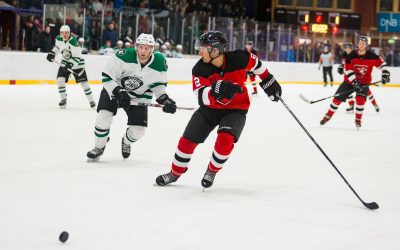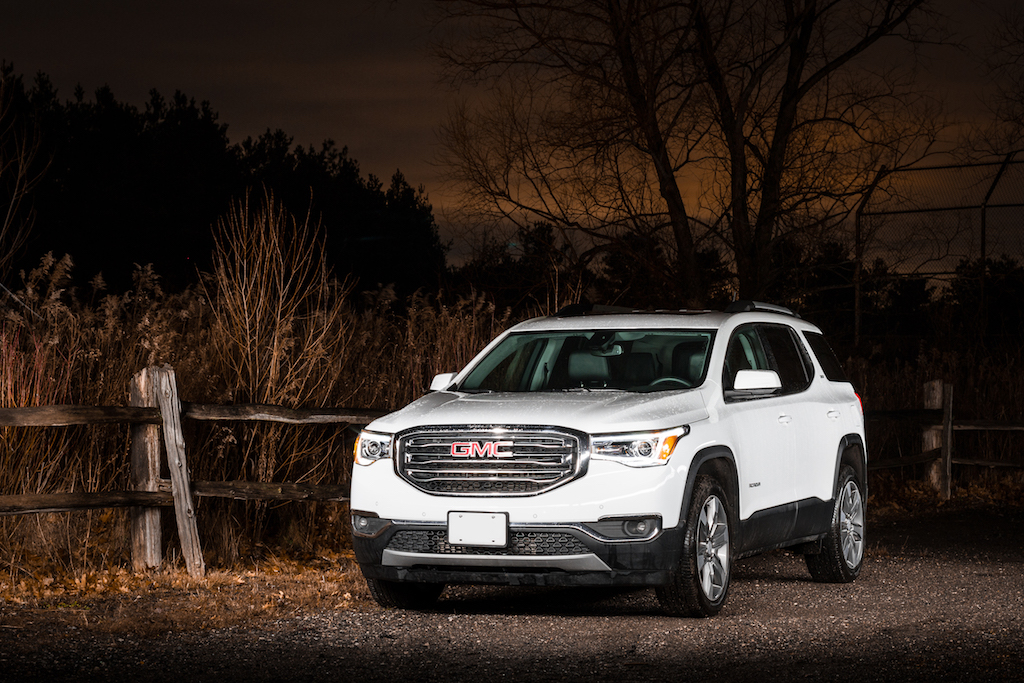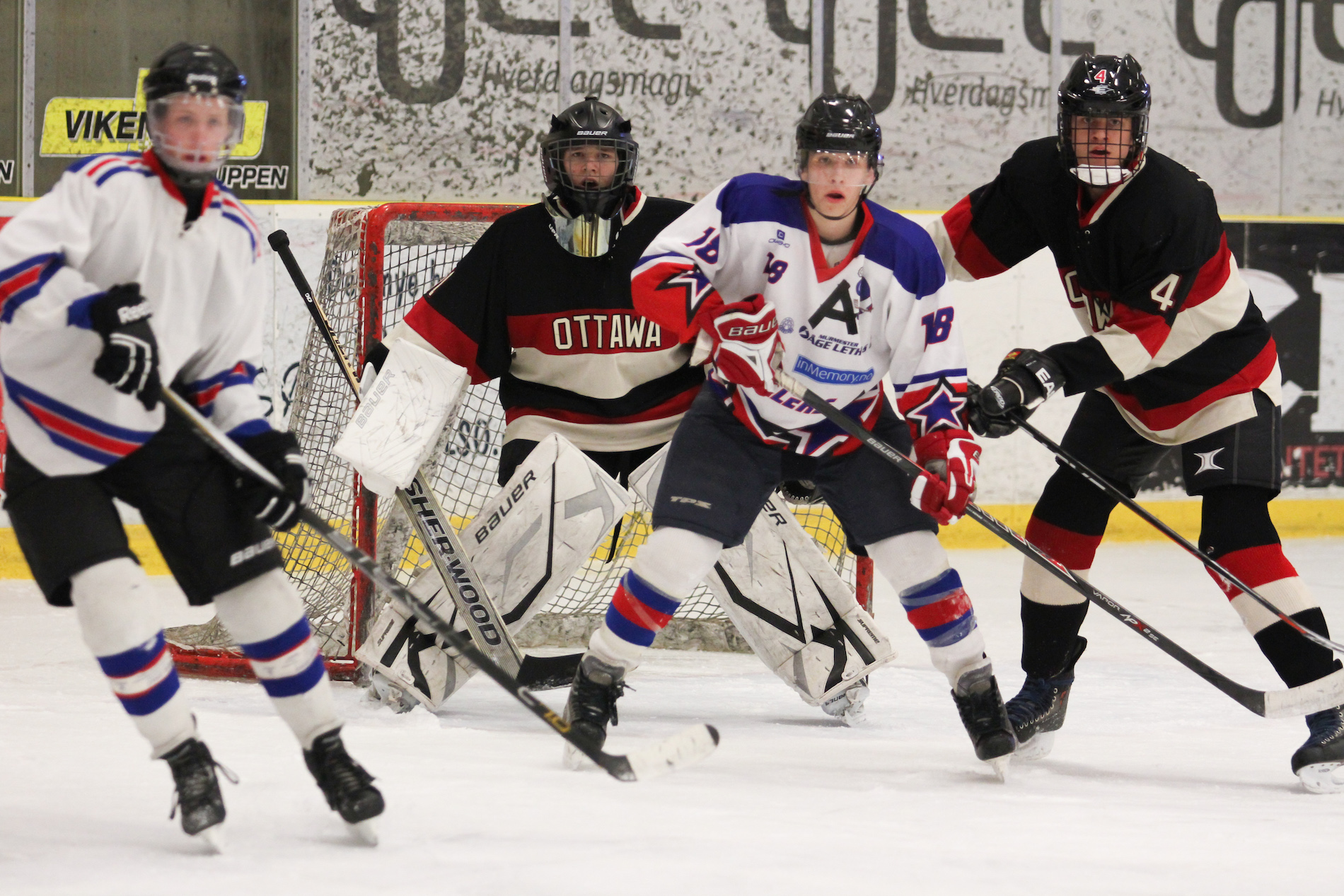Your Guide to Using Aperture for Hockey Photography
Understanding Aperture
Aperture refers to the size of the opening in the lens, which determines how much light is allowed through to the sensor. It is measured in a value called f-stops.

Besides controlling the amount of light, aperture also influences the Depth of Field. Depth of Field is the distance in front of and behind your focus point that appears sharp in an image.
The background of a shot taken with a wide aperture (example f / 2.8) will quickly go out of focus. This is a useful technique for making the subject of your picture stand out, so it is commonly used in portrait photography.
Conversely, a picture taken with a narrow aperture (example f / 16) keeps a much wider area of the picture in focus. This is practical for landscape photography.
When I say an image will go out of focus, this doesn’t mean that everything behind the focus point will instantly become completely blurry. It’s probably easier if I describe it as the area of “acceptable sharpness”.
The tolerance for a missed focus shot will vary from photographer to photographer. An awesome shot slightly out of focus is regrettable, but it might be worth saving.
Remember: You can’t edit focus back into an image. Yes, you can sharpen an image, but that’s not quite the same thing.
So focus is pretty darn important.
“Remember: You can’t edit focus back into an image.”
Working with the Light you Have
Here’s where having the right lens counts. Note that I said “the right lens”, not “the most expensive lens”.
To gather in as much light as possible, you’re going to need to shoot with a wide aperture. In most community rinks I’ve been in, I’m using an f-stop of 3.5 or lower.
The standard stock zoom lens that comes with most entry level or hobby cameras has a variable aperture. This means that the maximum aperture changes as you zoom.
Unfortunately, this also means that if you want to zoom to the middle of the ice, your widest aperture is going to be around 5.6. That’s a lot of light lost. You can only gain this back by dropping your shutter speed (and getting blur) or really bumping up your ISO (and losing quality).
Most expensive zoom have a set maximum aperture value, so you can have the same aperture regardless of your amount of zoom.
The 70-200mm 2.8 lens is excellent for covering the distance you need to in a hockey rink while also giving you a good maximum aperture to work with.
If you know you’re going to be doing a lot of hockey photography, consider buying or rent a lens that can go to at least f2.8 or else it’s gonna be a struggle.
Fortunately, you won’t need to sell your car, leg and / or first born child. For shooters working on a very tight budget, I would recommend the 50mm 1.8, which sells for around $100 and is made by both Canon and Nikon. You lose the ability to zoom, but you suddenly can take in a lot more light.
Controlling your Depth of Focus
At first thought, it might seem weird that you want a significant part of your picture to be out of focus.
But think about how “busy” the background of a hockey rink typically is. There are advertisements on the boards, many faces of spectators in the stands, other players on the ice, etc.
Even if you were in a magic arena that gave you enough light to shoot at f16, you probably wouldn’t want to use that. Unless you want a really busy picture, of course.
For example, if the picture below had been taken at f8, the player in the foreground and spectators in the background would have been in focus. This would pull attention away from the subject of the image.

Shooting with a wide aperture allows you to recreate the sense of depth, especially when you have foreground and background features.
Settings: 1/500, f2.8, ISO 1600
Well, that’s your call. If you are up in the stands and want an atmosphere picture showing a large part of the rink and the cheering fans, you’d probably want much of that image to be in focus.
Hitting your Focus
Another tricky issue here is actually hitting your focus.
Hockey is fast and despite all the super advanced technological paraphernalia that runs a camera, it isn’t 100% guaranteed that focusing on a moving player will give you a sharp image.
If you have way too much time on the weekend, try out a fancy online Depth of Field calculator like this one here. Punch in your settings and distance to the subject and it will tell you how much of the image will be in focus.
For example, shooting a subject 10 metres away at f2.8 and 200mm on a Canon 7D gives you a Depth of Field of…
26cm.
So he’s skating in at full speed, winding up for a slap shot while neatly avoiding a hip check and you have 26cm of focus to work with.
Gulp.
When you use a narrower aperture reduces your margin of error. Miss your focus by a bit when shooting at f6.3 and it’s no big deal.
Miss your focus at f2.2 on the other hand, and the player’s face will be unsharp and the picture ends up in the trash.
Learning how to properly nail your focus is such an important part of hockey photography that I’m going to dedicate an entire section to it later on. Patience is a virtue.
So there you have it: your shutter speed is locked in and your aperture is on the money.
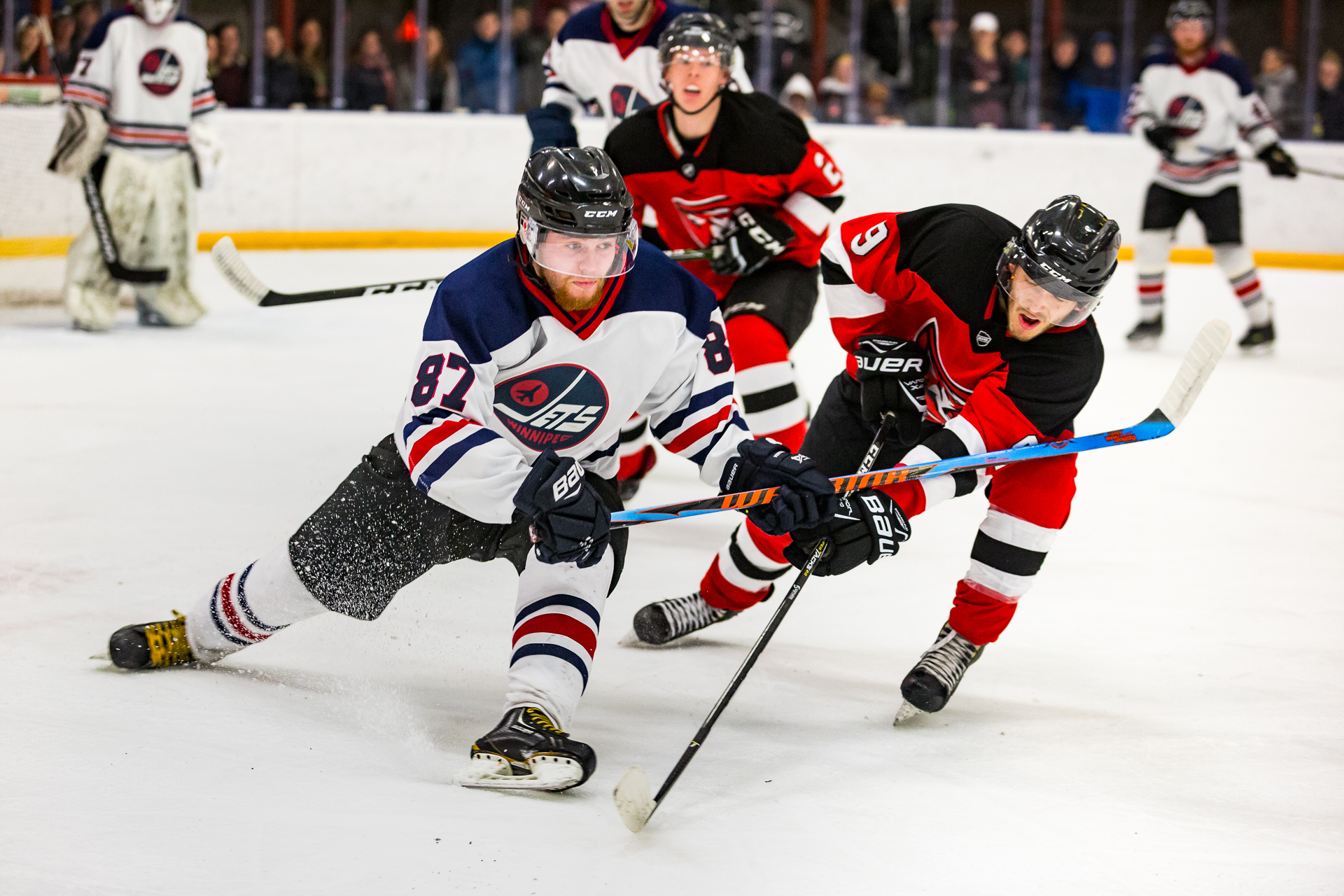
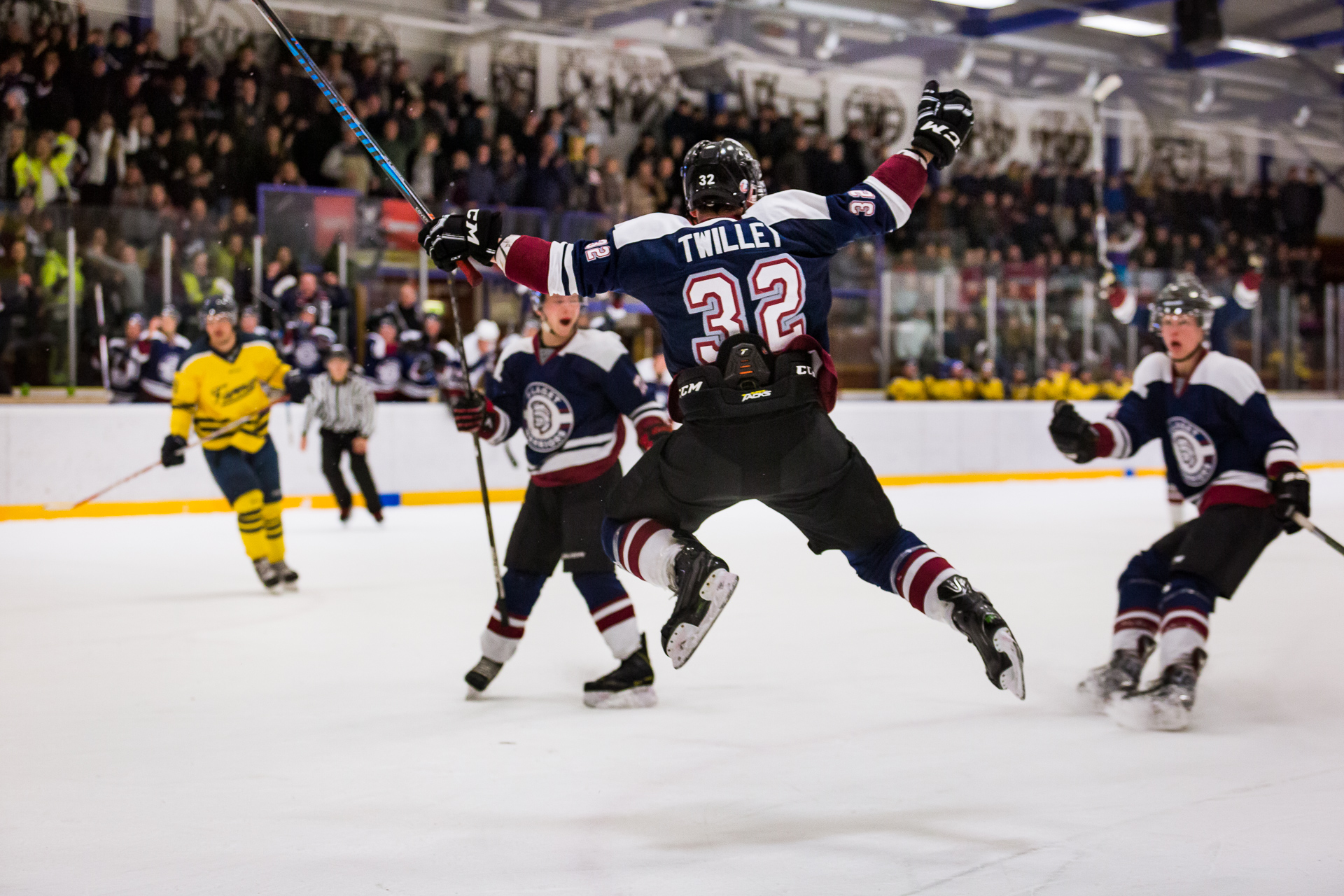
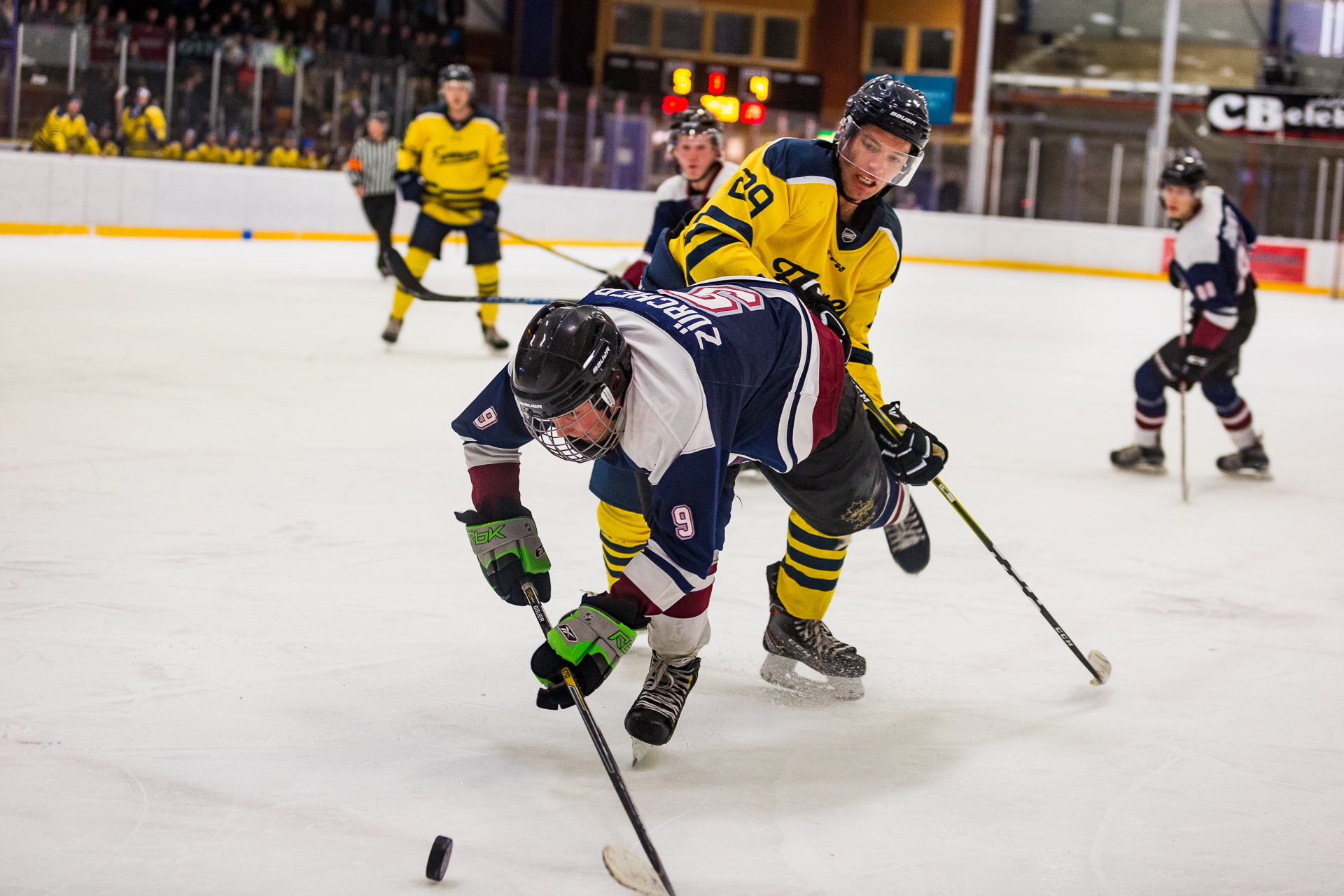
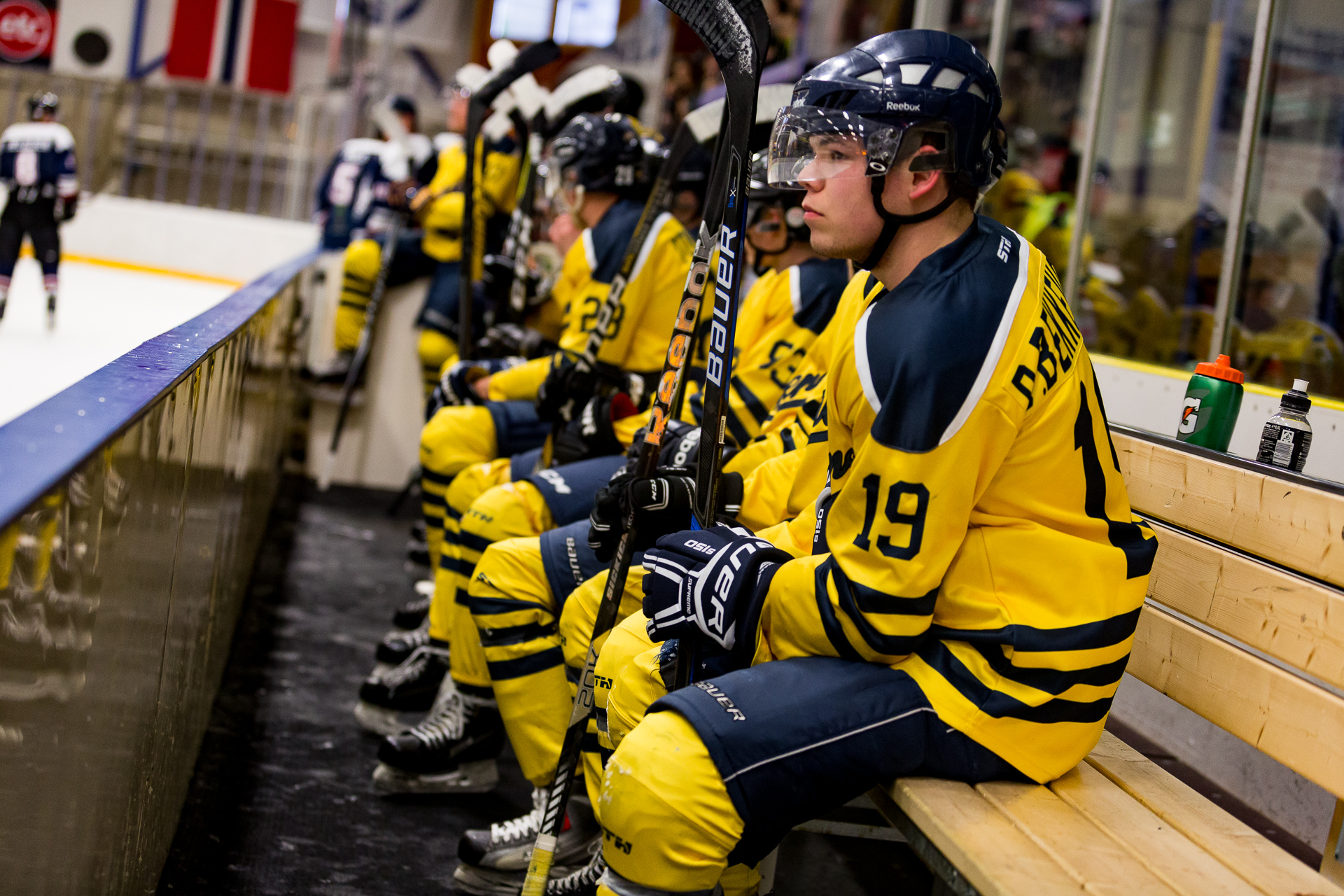
The latest posts from the Photography Blog
What are the benefits of commercial photography for your small business?
What are the benefits of commercial photography for your small business?How do you quickly grab a potential customer’s attention? People don’t read anymore and there are a million different distractions competing for interest, so anything mundane or expected...
What is the Best Lens for Ice Hockey Photography?
Welcome to the world of hockey photography! You’re up against low light and fast action. Without a little bit of planning, it’s the perfect recipe for blurry pictures.
You ready for a challenge?
I’m going to compile a list of some excellent lenses that you should think about getting if you want to take your hockey photography to the next level.
5 Tricks for Getting Great Natural Smiles for your Family Portraits
5 Tricks for Getting Great Natural Smiles for your Family Portraits One of the most important skills you can learn as a family photographer is how to coax natural smiles out of your subjects, whether they are young or old, during a photoshoot. Taking great...
Street Photography in Tulum, Mexico
Photography on the Streets of Tulum, MexicoI’ve always been drawn to candid photography. Sure, posed portraits are also fun to envision and create, but candid photography has always seemed like a more authentic expression of life. For me, photography is a way to...
Review of the MIOPS Smart Trigger and Mobile Remote
Review of the MIOPS Smart Trigger & Mobile Remote I recently got the chance to test some photography gear from MIOPS, a rather innovative company that produces triggers and remotes that can help inject some creativity into your photography. Now, I already had a...
Hockey Photography: Tips for Hitting your Focus
Your Guide to Hitting Your Focus for Hockey Photography Read more in the Hockey Photography Series: Introduction Aperture Shutter Speed ISO FocusWhat Lens to UseHitting your focus is quite possible the hardest part of hockey photography. Even if you have the greatest...


